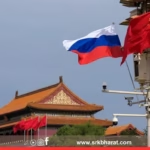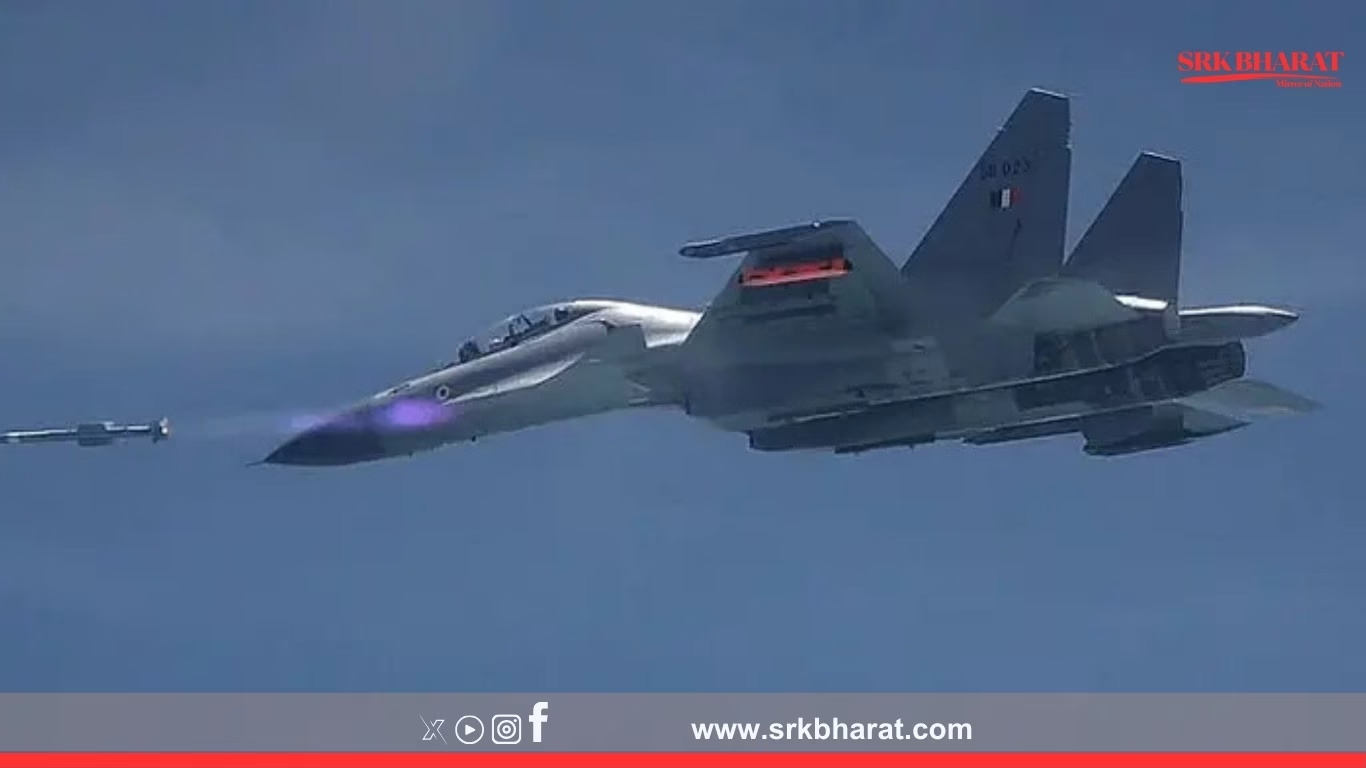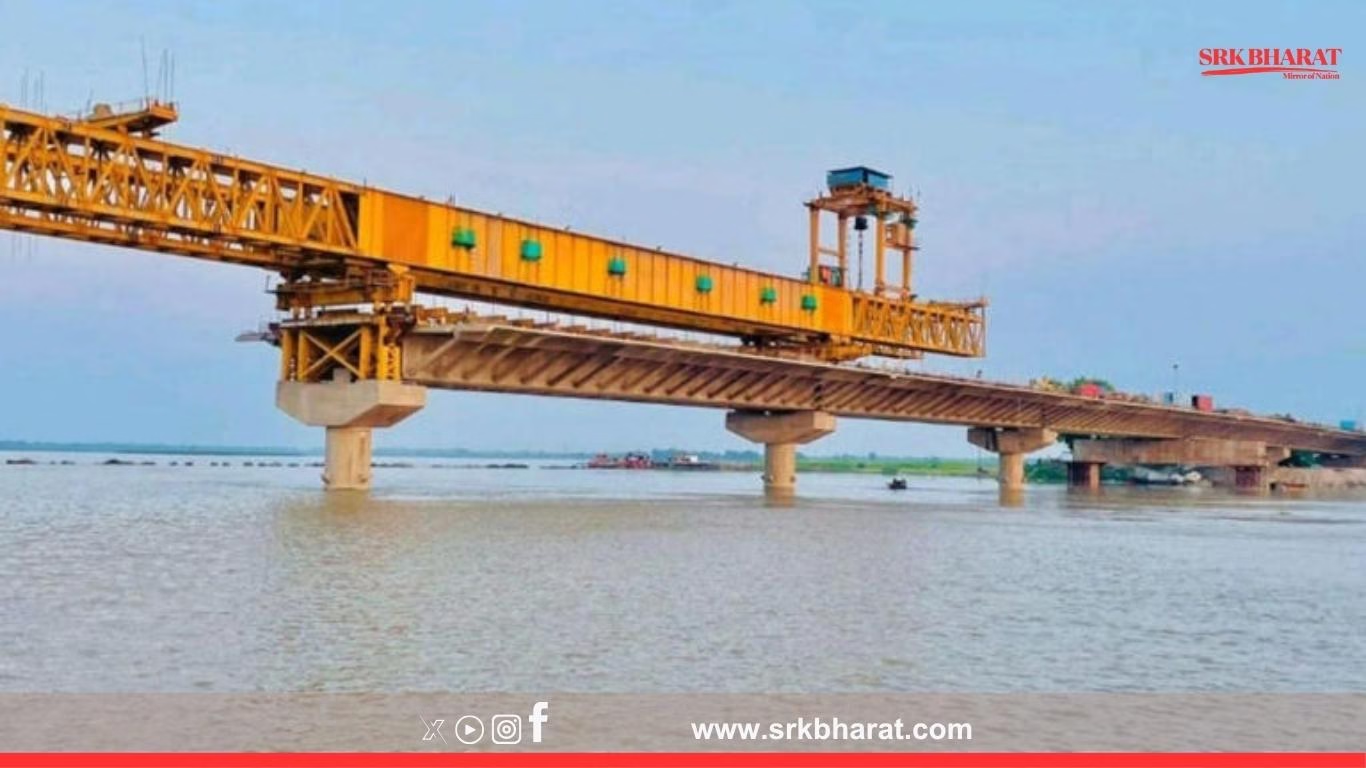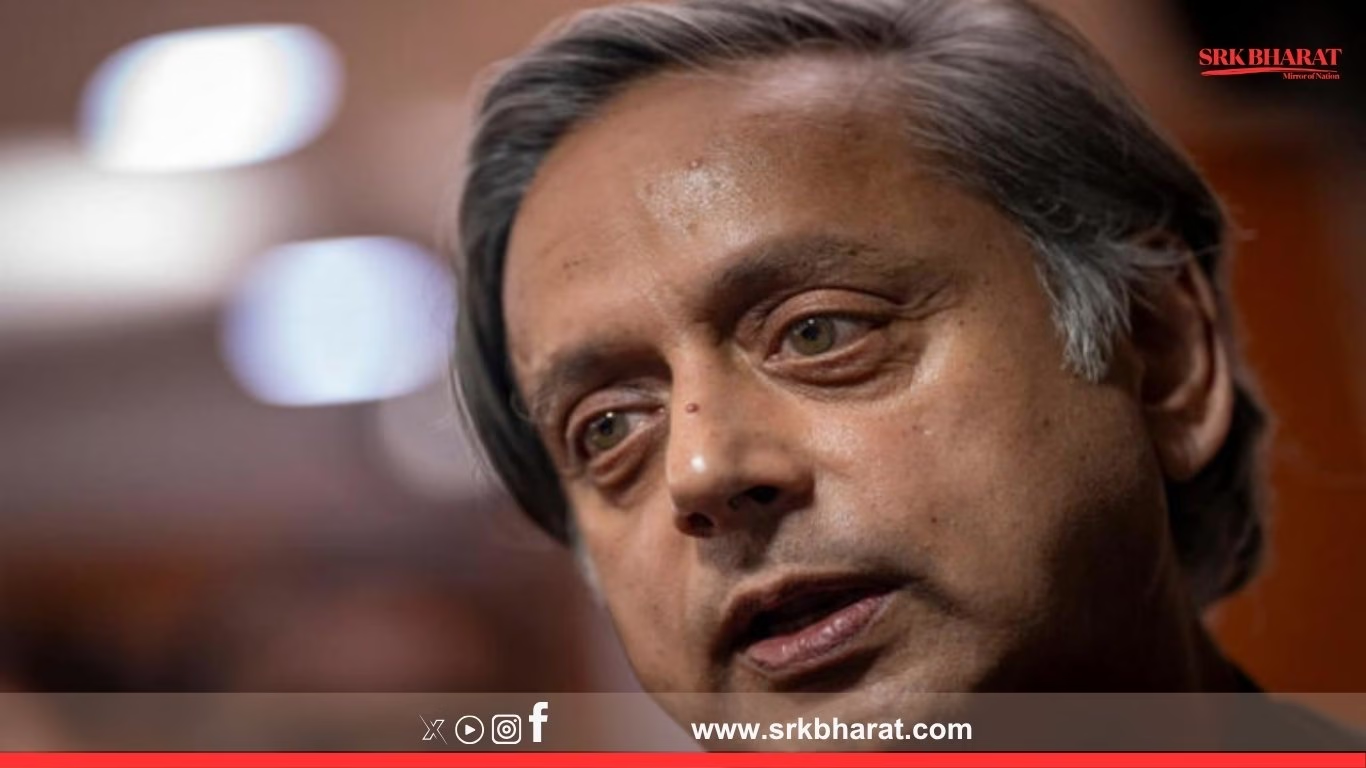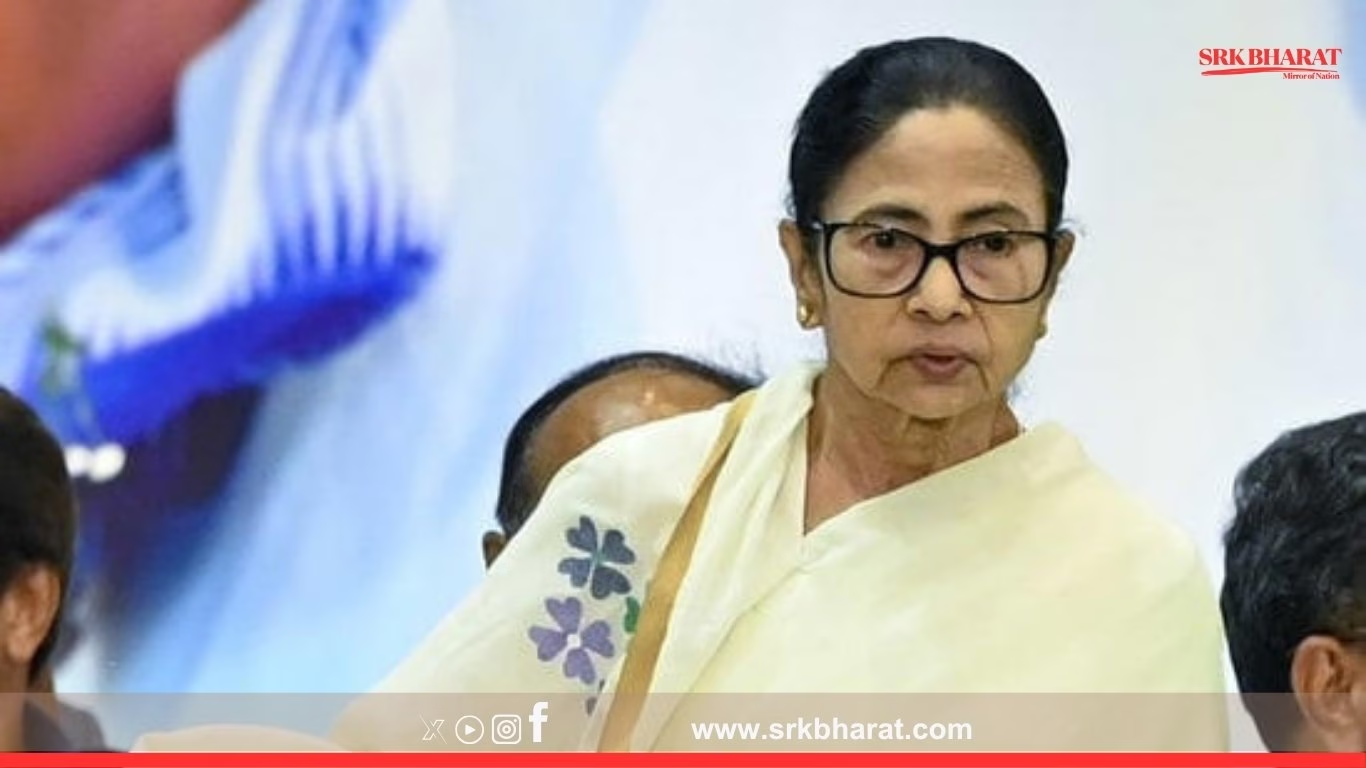In a significant stride towards strengthening its indigenous defence capabilities, India has successfully test-fired the Astra air-to-air missile with a strike range of around 100 km. The missile was test-fired by the Indian Air Force (IAF) from a Su-30MKI fighter jet off the coast of Odisha, marking a major milestone in India’s effort to equip its combat fleet with homegrown beyond visual range (BVR) missile systems.
About Astra Missile
The Astra missile is an all-weather, beyond visual range air-to-air missile (BVRAAM) developed by the Defence Research and Development Organisation (DRDO) under India’s Integrated Guided Missile Development Programme. The missile is designed to engage and destroy highly manoeuvrable aerial targets at supersonic speeds in head-on and tail-chase modes.
Key Specifications Of Astra Missile
| Feature | Details |
|---|---|
| Type | BVRAAM (Beyond Visual Range Air-to-Air Missile) |
| Developer | DRDO |
| Range | 80-110 km depending on launch altitude |
| Speed | Mach 4.5 |
| Guidance | Inertial mid-course with active radar homing terminal guidance |
| Platform Compatibility | Su-30MKI, Mirage-2000, Tejas Mk1A, MiG-29 UPG (planned integration) |
Successful Test Firing Details
Defence sources confirmed that the missile was launched from a Su-30MKI fighter jet at an aerial target simulating an enemy aircraft. The missile successfully intercepted and destroyed the target with high precision, validating its avionics, propulsion, and terminal guidance systems.
Defence Ministry’s Official Statement
“The Astra missile’s successful firing demonstrates the capability to engage targets beyond visual range with high kill probability. It marks a significant boost to India’s self-reliance in critical missile technologies.”
Strategic Significance Of Astra Missile
- Reduces Import Dependence: Until recently, India relied heavily on Russian R-77 and French MICA missiles for its BVR requirements. Astra enhances indigenous self-reliance under the ‘Atmanirbhar Bharat’ initiative.
- Enhances Combat Reach: With a 100 km range, Astra allows IAF fighter jets to engage enemy aircraft without crossing the border, providing critical tactical and strategic advantages.
- Cost-Effective Solution: Astra is estimated to cost 40-50% lower than comparable imported BVR missiles, enabling mass procurement and deployment.
- Upgrades Across Fleet: Astra integration with Su-30MKI is complete, and future upgrades will include Mirage-2000, MiG-29UPG, and LCA Tejas Mk1A, enhancing multi-platform interoperability.
Future Developments: Astra Mk2 & Mk3
DRDO is working on upgraded variants of Astra:
| Version | Expected Range | Features |
|---|---|---|
| Astra Mk1 | ~100 km | Operational |
| Astra Mk2 | 150-160 km | Dual-pulse motor for extended range, nearing developmental trials |
| Astra Mk3 | 300 km | Planned future variant with solid fuel ducted ramjet (SFDR) propulsion for long-range BVR capability |
The Astra Mk2 is expected to enter limited series production by 2026, further bolstering India’s air dominance capability.
Integration With Tejas Mk1A
The Indian Air Force’s upcoming fleet of Tejas Mk1A fighters, with 73 ordered and deliveries starting from 2024-25, will carry Astra missiles, making them potent indigenous multi-role platforms with self-developed BVR strike capabilities.
Comparison With International Counterparts
| Missile | Country | Range (km) | Remarks |
|---|---|---|---|
| Astra Mk1 | India | 100 | Operational |
| AIM-120 AMRAAM | USA | 75-180 (depending on variant) | Used by NATO allies |
| PL-15 | China | ~200 | Equipped on J-20 stealth fighters |
| R-77 | Russia | ~80-110 | Used by IAF, Russia, and CIS nations |
Defence Analysts’ View
Prominent defence analyst Ajai Shukla noted:
“Astra’s operationalisation is a game-changer. Beyond cost-effectiveness, it ensures strategic autonomy. The next variants will place India alongside China and Western powers in indigenous BVR missile capability.”
Importance For India’s Eastern And Western Fronts
Given the rising tensions with China in eastern Ladakh and consistent security challenges from Pakistan on the western front, Astra’s operational deployment enables quick reaction capabilities with extended engagement envelopes, essential for deterrence and rapid conflict escalation dominance.
Industry Partnerships And Production
The missile is manufactured by Bharat Dynamics Limited (BDL), with DRDO transferring technology for serial production. The ecosystem involves multiple MSMEs and PSUs, generating employment and industrial growth under India’s defence manufacturing push.
Voices From IAF Pilots
An IAF pilot posted in a frontline Su-30MKI squadron said:
“Astra offers us indigenous confidence. We have tested it in multiple exercises, and the accuracy, agility, and kill probability are comparable to the best BVR missiles available.”
Upcoming Trials
- Astra Mk2 flight trials are scheduled within this fiscal year, with integration planned for Su-30MKI and Rafale-M if naval versions are sanctioned in the future.
- Naval variant of Astra is being explored for MiG-29K and upcoming TEDBF naval fighter platforms.
Challenges Ahead
While Astra Mk1 is operational, key challenges include:
- Rapid scale-up of production to equip multiple fighter squadrons.
- Smooth integration with Tejas Mk1A and future AMCA fifth-generation fighter.
- Validation of Astra Mk2’s dual-pulse motor under high-altitude conditions.
Conclusion
The successful test-firing of the Astra air-to-air missile marks a historic achievement in India’s journey towards self-reliance in advanced weapon systems. It showcases the country’s scientific, technological, and industrial capabilities and boosts national security amid a rapidly evolving regional threat matrix. As DRDO advances towards Astra Mk2 and Mk3, India is poised to emerge as a global player in indigenous missile technologies, strengthening its strategic autonomy and operational readiness.
Disclaimer: This news content is based on official defence statements, analyst insights, and strategic developments. It is intended for informational purposes only and does not constitute defence advice or endorsement of specific programmes. Readers are advised to follow official Defence Ministry releases for final deployment and operational updates.



